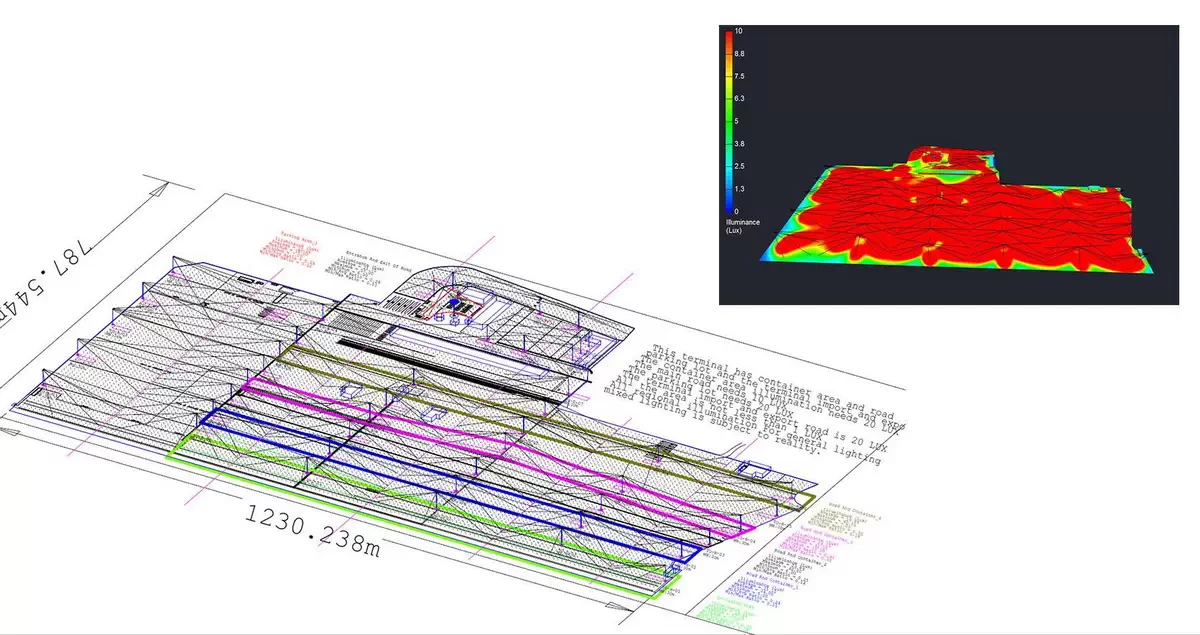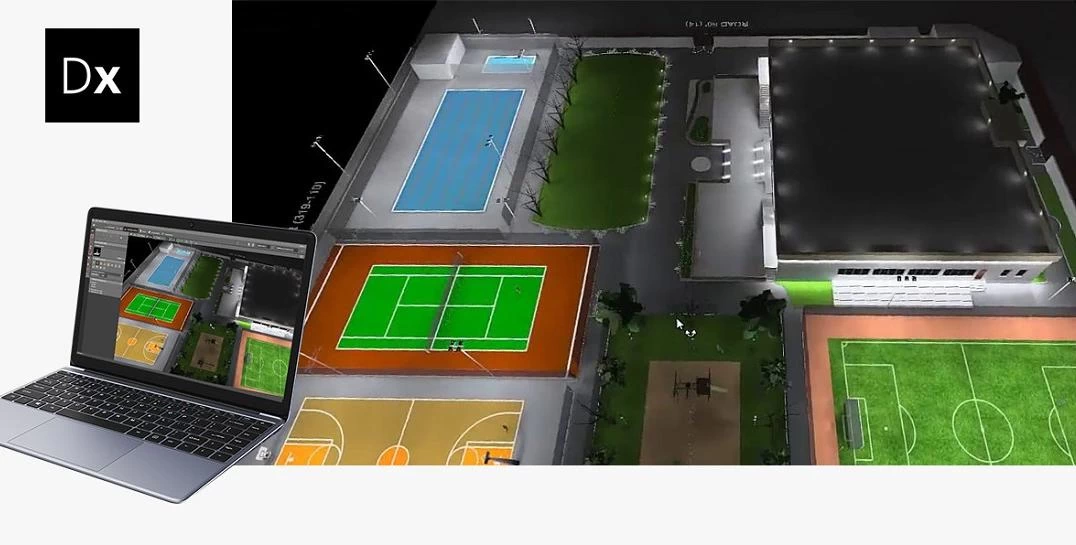Professional Lighting Design
Provide customized lighting design services for various projects, including fixtures recommendations, optical simulations and Dialux simulations. Ensure your needs and standards are met while reducing operating costs.
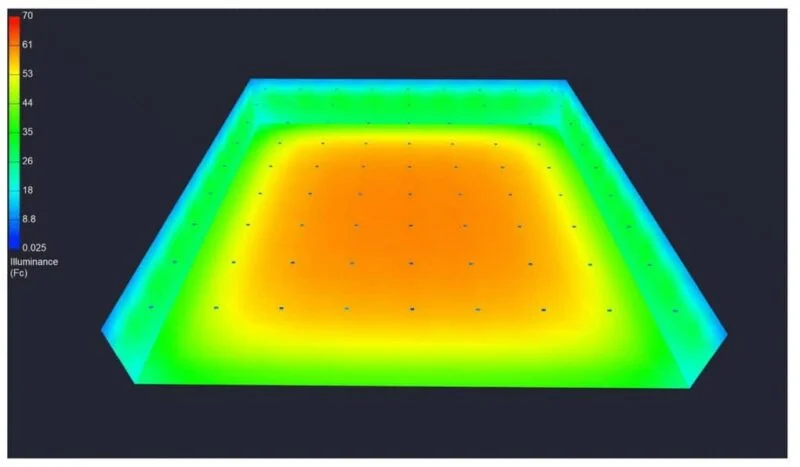
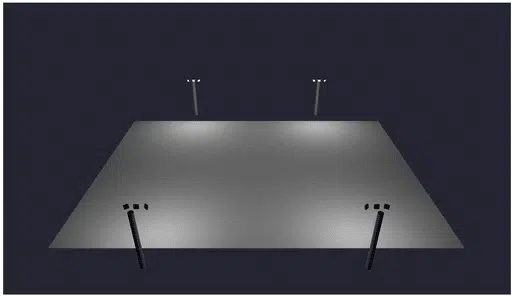
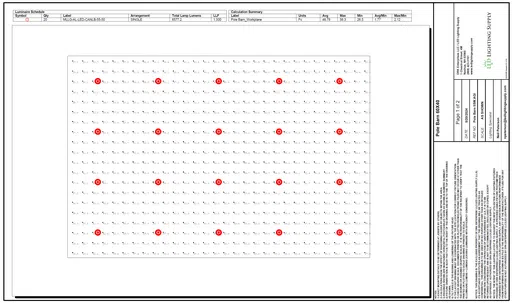
At LEDRHYTHM, we not only provide LED products but also professional lighting design services. Whether you require basic illumination, warehouse-grade functional lighting, or competition-level lighting requirements (high illumination, uniformity, low glare control and maximum energy efficiency), we can tailor a solution for you.
Simply provide basic site information such as size, mounting height, usage scenarios and design goals, and our engineering team will develop a complete lighting design report, including LED lights selection, installation layout, illuminance simulation diagrams (Dialux/Relux) and energy-saving assessments.
We have a complete LED product line covering indoor and outdoor applications. Lighting design includes but is not limited to:
- Sports venue: tennis courts, football fields, basketball, badminton halls and multi-sport arenas;
- Industrial and commercial: warehouses, logistics centers, factories, workshops and large shop;
- Public areas: roads, tunnels, parking lots, ports and airports;
- Custom optical design: specialized applications requiring specialized lighting distribution, anti-glare, impact protection and corrosion resistance.
Why does a lighting solution need to be professionally designed?
Many project managers initially assume that lighting is as simple as “choose a few fixtures and get them bright enough.” However, in practice, a lighting system without professional design often suffers from uneven brightness, glare, severe blind spots, energy waste and high maintenance costs. These issues not only impact the user experience but also increase long-term operating costs.
The significance of professional lighting design lies in achieving the following goals through optical simulation and scientific layout:
- Ensuring standard and uniform illumination, avoiding areas of excessive brightness or darkness;
- Controlling UGR glare to enhance comfort, particularly in sports, industrial and road settings;
- Determining the appropriate installation height and projection angle based on the site structure;
- Avoiding over- or under-configuration of lighting fixtures, achieving a balance between performance and cost;
- Providing a planning basis for future intelligent control, energy-saving dimming, maintenance and replacement.
Get In Touch
We’re always excited about your message, so feel free to get in touch, we will reply you ASAP.

